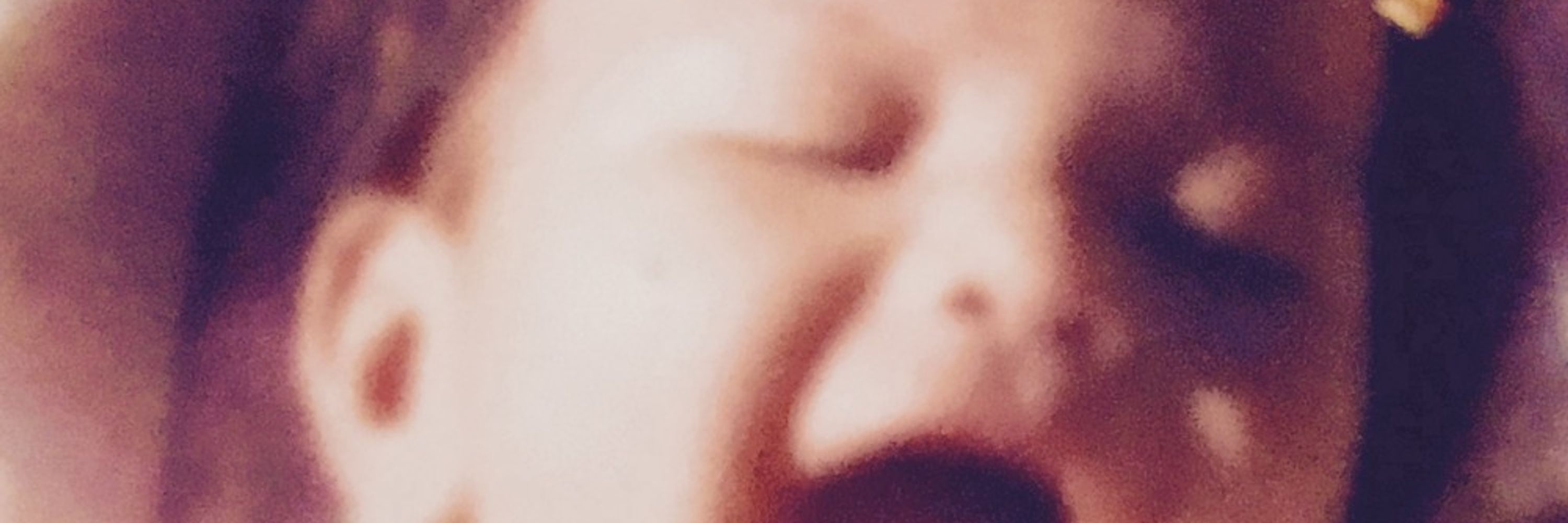Mari-homeless soon.
@wordglass.bsky.social
3.3K followers
270 following
13K posts
Disabled Parent LλMBDA λward-winning Writer. Artist. Nonbinary.
Patreon: wordglass
Anihšināpē (Ojibwe) Nakawē (Saulteaux)
https://linktr.ee/wordglass
Posts
Media
Videos
Starter Packs



